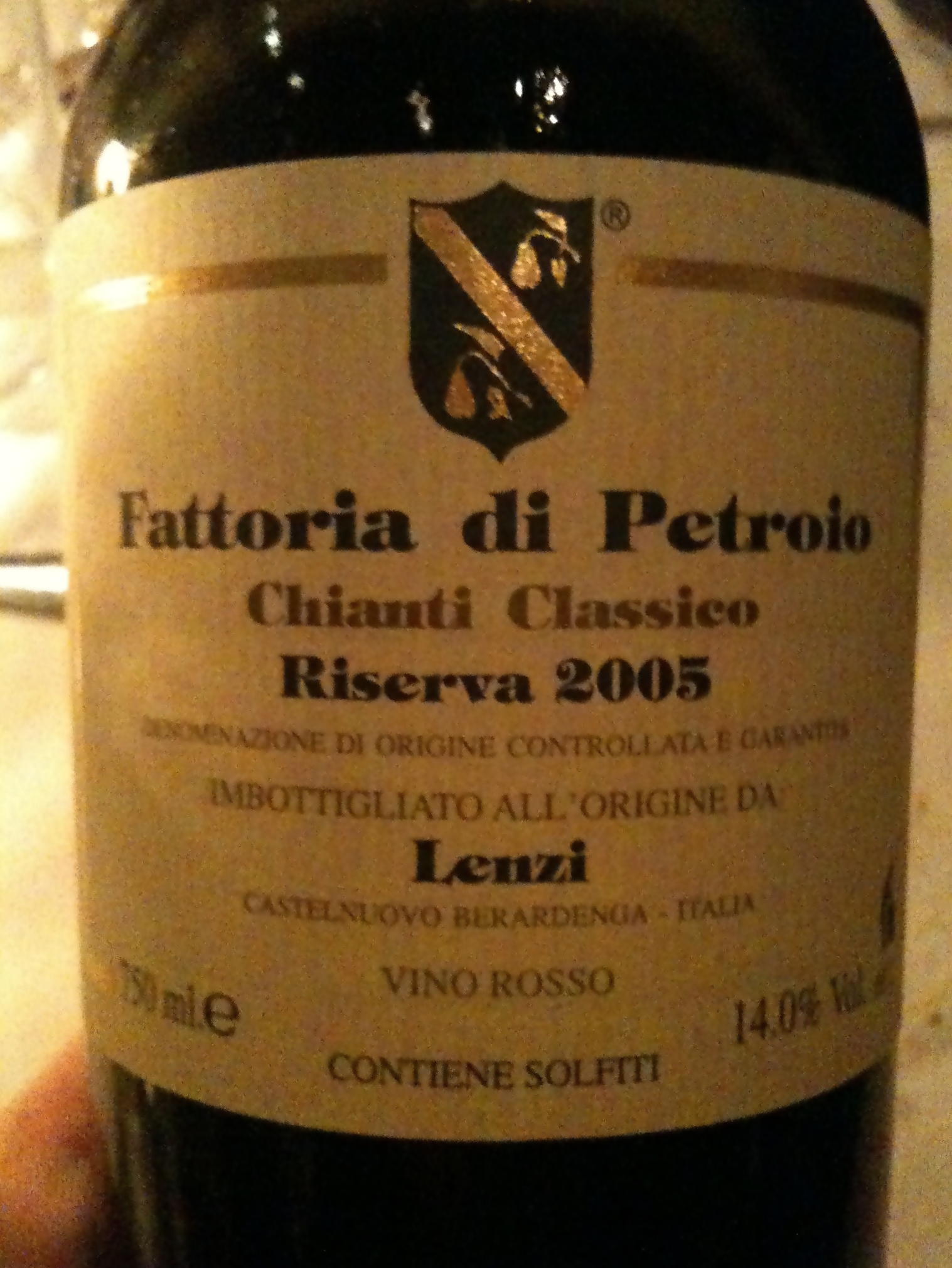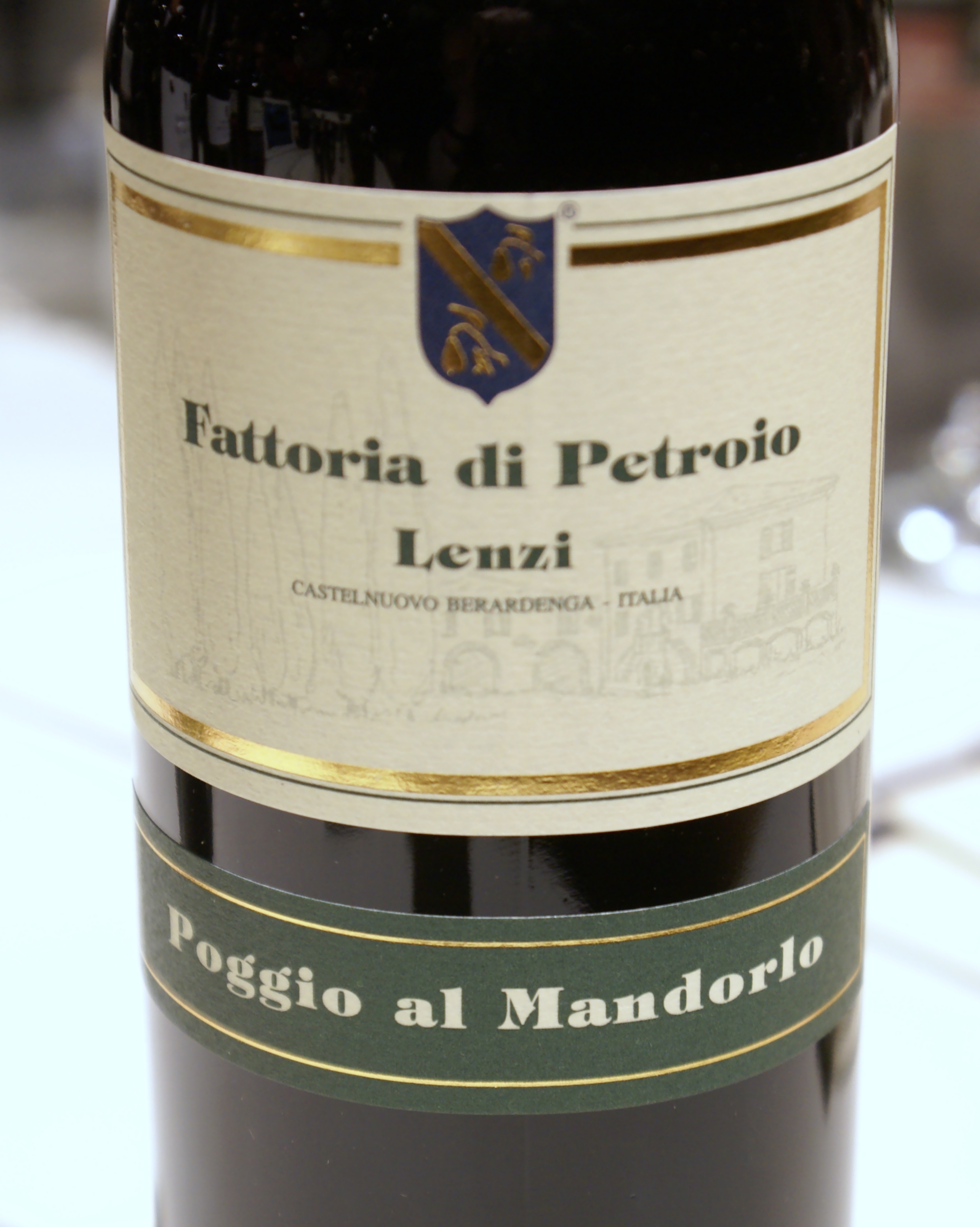Chianti discoveries: Fattoria di Petroio
Posted on 7 March 2012
Blind comparative tastings always yield surprises and this year’s Chianti Classico marathon was no exception. I gave high marks to estates that I never heard of, or that never impressed in the past, such as San Michele a Torri or Castello di San Sano. It’s a healthy situation. Blind tasting gives newcomers a chance to really break through, that in other circumstances might never be given a chance.
There’s the reverse situation, however, when a non-blind, open tasting allows you to put a wine into perspective and understand it better. I’ve always been positive about the wines of Fattoria di Petroio. Having never met the owners or visited the estate, I selected their Chianti Classico Riserva 2004 and 2006 among my best picks of either vintage – full-blown intense wines with excellent definition and typicity. The 2005 made a lesser impression, however.

The vineyards of Petroio. © Fattoria di Petroio.
This year I met chef-turned-œnologist Diana Lenzi at dinner in Florence and the following day at the walk-around tasting and somehow everything suddenly fell into place and I just realised the individual character of Petroio wines in a way that always eluded me when tasting them anonymously. The high-altitude stoney terroir of Castelnuovo Berardenga and Diana’s traditional approach to extraction and oak ageing made me appreciate the ageworthiness of these wines better, a factor that comes into the equation when tasting the 2009 and 2008 Chianti Classico, wines which ideally should wait another year or two. (This southernmost part of Chianti, with estates such as Fèlsina, Castell’in Villa and Rocca di Montegrossi, produces some of the tightest, longest-living wines in the district). Speaking to Diana also resulted in a better understanding of Merlot: I don’t really sense it in the Petroio wines, but seeing it on paper might give you (or me) a negative bias against these wines. Diana Lenzi explained that the Merlot vines are now over 20 years old, and as their roots grow deeper the Merlot acquires a more Tuscan, structured, less fleshy character.
A retasting of the 2009 Chianti Classico was impressive for purity and mineral depth, and the 2006 Riserva is a just a joy to drink at the moment, with an unforced, natural taste of tannic grapes coupled with the natural richness of the 2006 vintage. A brilliant wine to drink or cellar. I want to give a special mention to the least expensive wine here, the 2009 IGT Poggio al Mandorlo, one of the best Sangiovese wines I ever tasted at 6€ retail, fresh and poised with a hint of underlying tannic structure and masses of transparent, unadulterated bitter cherry fruitiness. This is Sangiovese at its most continental-refreshing and a telling testimony to this quirky grape’s revival I addressed here. It’s often argued that a winemaker’s class shows in his/her cheapest wine; it certainly is true for Diana Lenzi. Give me a bottle of this Sangiovese every day and I’ll live a happy life.
My trip to Tuscany including flights, accommodation and wine tasting programme is sponsored by the consorzios of Vernaccia di San Gimignano, Chianti Classico, Vino Nobile di Montepulciano and Brunello di Montalcino.



